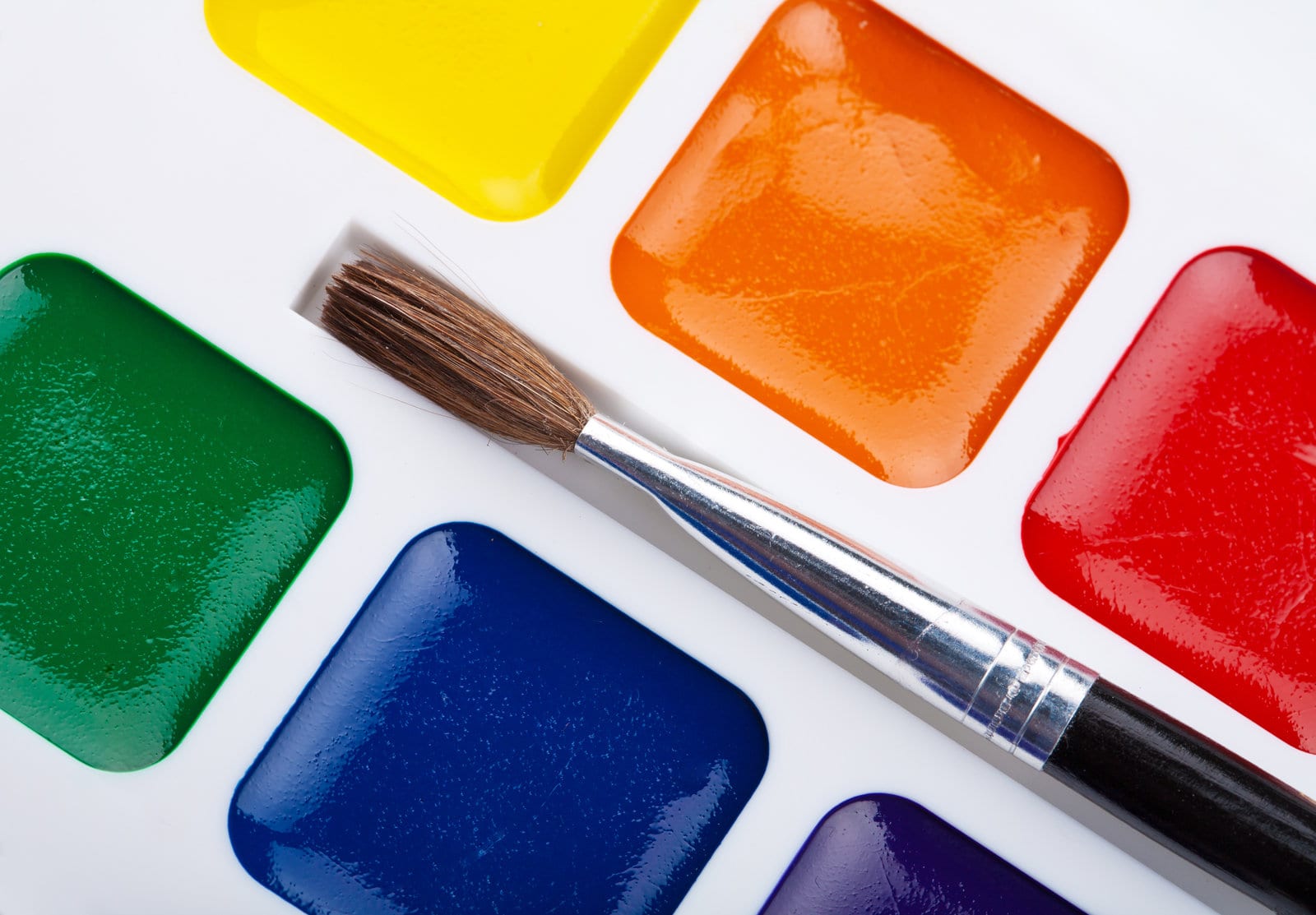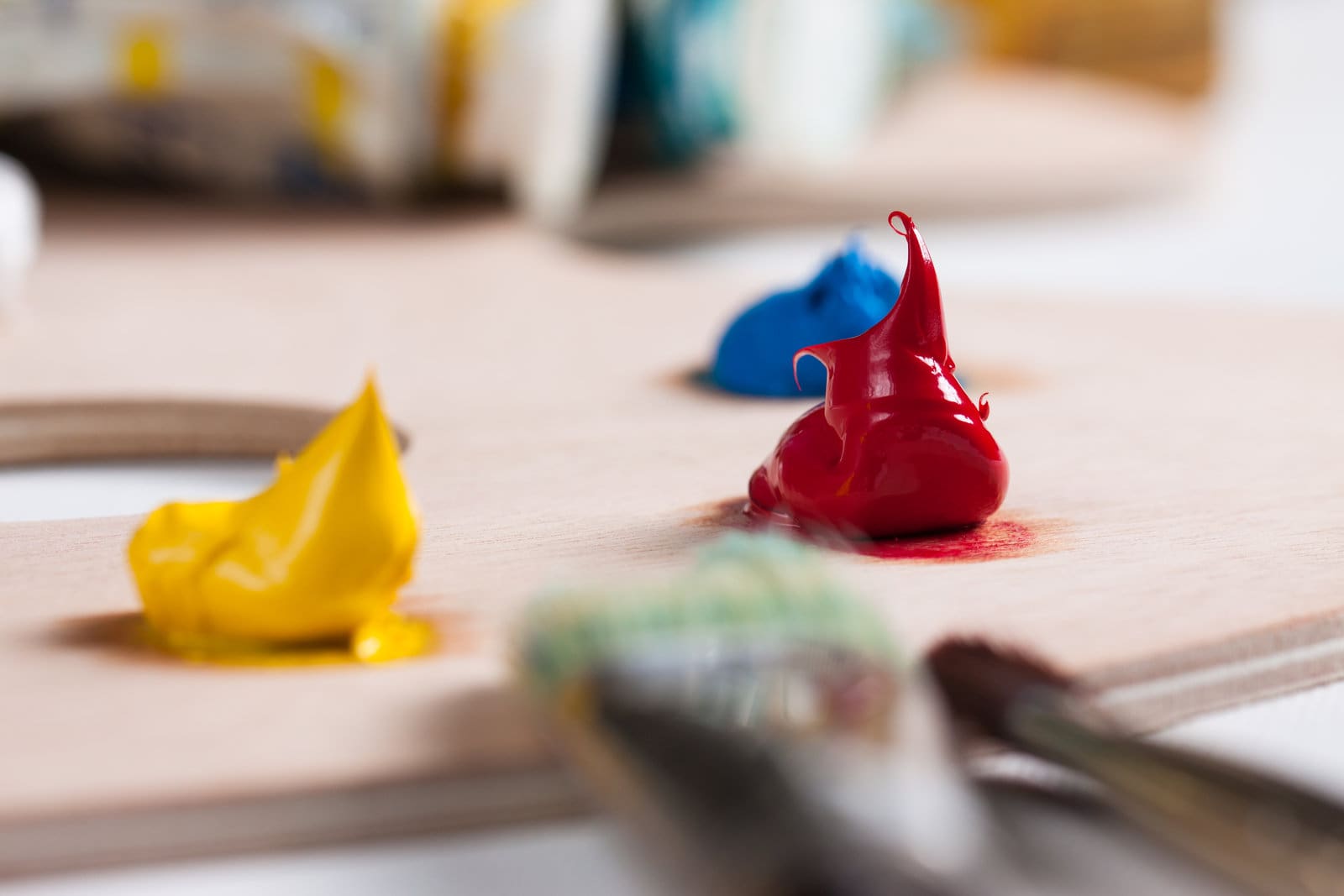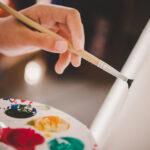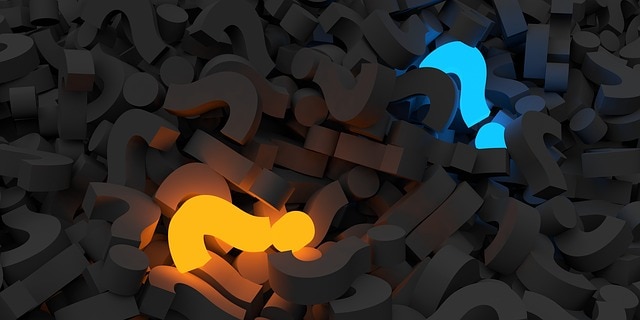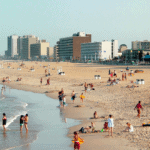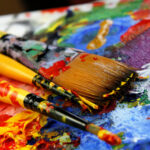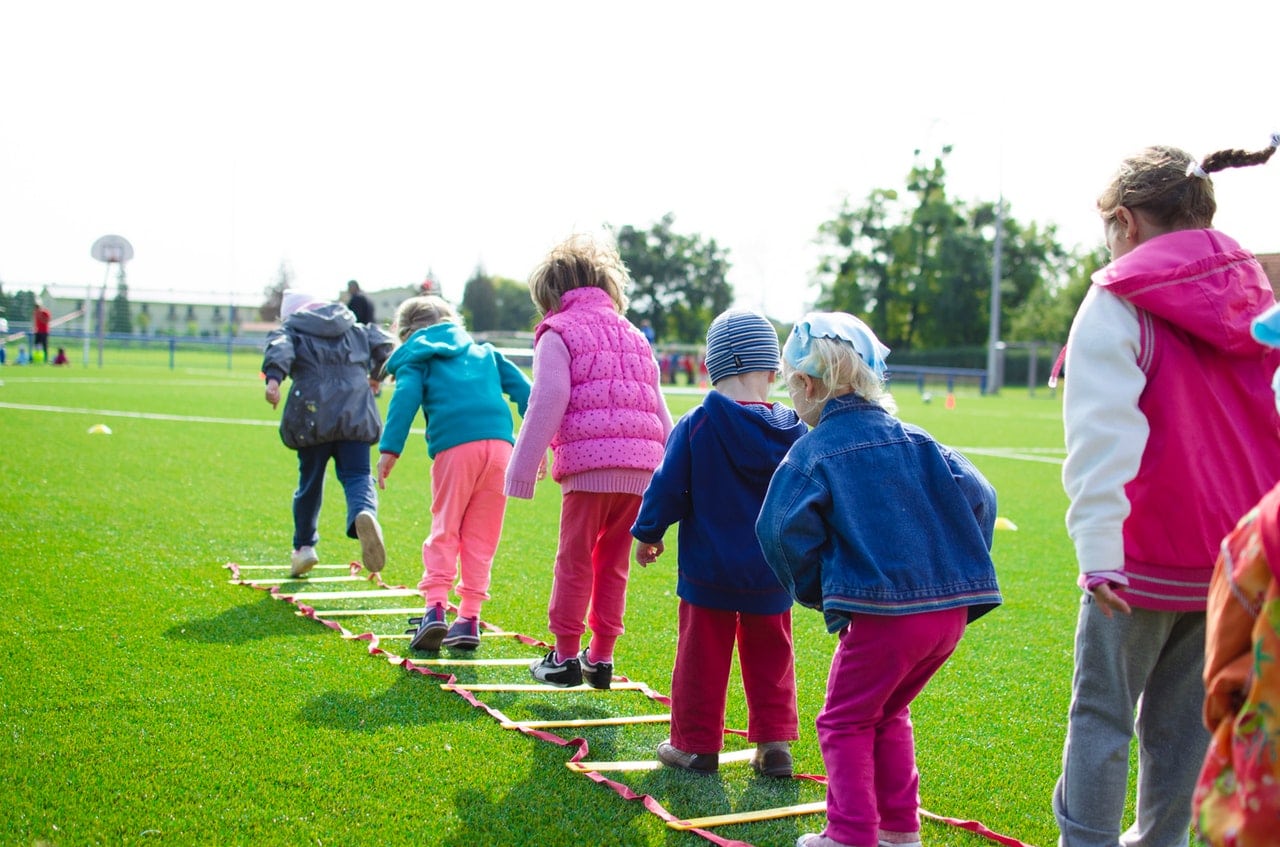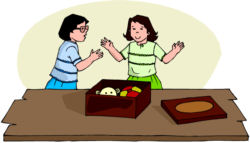Are you an aspiring artist? Do you know your color mixing guide? Some interesting things happen when we mix primary and secondary colors. This post unpacks everything you need to know about mixing orange and blue.
Primary colors vs. secondary colors vs. tertiary colors
You’ll see primary and secondary colors everywhere when you start looking for them. Primary, secondary, and tertiary colors define our world and how we experience our environment. Learning to understand how to mix colors benefits you as an artist or printing specialist.
Artists working with “subtractive colors” pigments can learn a lot from blending primary, secondary, and tertiary colors. However, the last thing we want is the dreaded “muddy color” spectrum landing on our canvas. Those colors aren’t exactly what we had in mind when we mixed things up on the palette.
For example, you might want to paint a bunch of cherries, accentuating the deep red color of the delicious fruit. But it’s not enough to splash some red paint on a canvas. You won’t get the desired color effect. You need to add some secondary color to get the deep red effect you want – and that’s where the problems come in.
The RYB (Red Yellow Blue) Color Model
Primary colors are red, yellow, and blue, and they’re everywhere you look in some format or another. Secondary and tertiary colors exist in our environment, but our visual system doesn’t take as much notice of them as we do primary colors. It’s just the way our brains are hardwired.
Creative people notice the full spectrum of primary, secondary, and tertiary colors because it’s in our nature to do so. However, working with pigments as an artist usually results in “Subtractive Color.” The result is mixing colors that end up looking dull and dirty.
To get the best results from your color mixing, you’ll need to learn the root of every pigment you use in your color palette. Yellow, Red, and Blue, the “primary colors,” are at the top of the color hierarchy. You can think of these three as the parents of all the future color generations. They are the root of all other colors.
So, you could mix dozens of other colors using the three primary colors, yellow, red, and blue. Most of us learned this principle in school during art class at an early age, but many of us tend to forget it. The reality is color mixing isn’t an exact science. There’s a “grey area” in the task. Excuse the pun.
The issue is that paint pigmenting never really works out as we expect in real life. For example, if you mix Ultramarine blue and red, you end up with a muddy mess. You might have been expecting a deep violet color, but the resulting brown surprises your eyes.
To understand why this occurs, we’ll need to look at paint pigments to understand what happens when they interact with each other. Primary colors like red, yellow, and blue only contain one color pigment. They’re unmixed, and you can’t create them by mixing different colors.
Paint manufacturers create their products using mineral, organic, and chemical pigments to get the desired color product. As a result, several pure yellows and blue and red pigment paints are available at the art store.
Does orange and blue make dark brown or light brown?
Knowing which colors mix to produce a light brown is just as important as learning how to mix a dark brown. To make a light brown, you just mix colors that are lighter than the dark brown color you have at the moment. What two colors make brown lighter? So, it might seem obvious to the trained artist that mixing white with brown achieves this task.
However, you can also achieve a similar result by mixing yellow into the brown pigment. Mixing in yellow makes the brown lighter and warmer simultaneously. Adding light green also helps lighten brown colors while providing a hint of green to the pigment.
While neither yellow nor green will make the brown as light as adding white to the pigment, it does make it lighter while adding additional color to the final pigment. However, adding white to lighten it often makes the final color pigment look “chalky,” sucking out the color.
To counteract this effect, you’ll mix titanium white into the brown and add yellow or green to provide the brown an additional color effect. You can use different yellows to mix up a brown, turning it purple. Lemon Yellow is a lighter, brighter yellow pigment that helps to give you a more golden brown.
Yellow Ochre is another great choice for mixing up with brown, giving it a very earthy final color and visual effect. There are also several other ways to darken brown colors to achieve darker shades of brown, whether it’s a straight or mixed brown pigment.
So, what colors do you mix to make a dark brown? Dioxazine purple and ultramarine Blue create very dark browns when mixed. Ultramarine Blue creates a cooler brown than Dioxazine purple.
Does blue and orange make green?
So, which two colors combine to make green? You can replace yellow with orange to create a range of green shades for your palette. We recommend going with a cooler orange, closer to yellow than red. Depending on the shade of green you want to create, you’ll mix a single shade of orange with various blues. To create a light green, combine the orange with a cooler shade like pthalo blue.
You can experiment with your proportions, but this pigment usually comes out with a brilliant, beautiful, light green hue. To mix a more earthy green, add ultramarine blue. This shade isn’t as vibrant, but it’s nice and earthy. You can also experiment with mixing orange and black or grey. This combination produces a green that’s dark and closer to brown.
As with mixing orange, you can try replacing yellow in the green formula with raw sienna. Similarly, these greens aren’t as bright or light as they would be when mixing yellow because the raw sienna has a much warmer hue. We suggest mixing the raw sienna with a range of blues to experiment with creating different shades.
Raw sienna and pthalo blue combine to create a deep bluish-green. Mixing Prussian blue and raw sienna creates a more earthy green hue.
What Color Do Orange and Blue Make in Printing?
Orange and blue combine to create a brown color. This effect occurs due to the three primary colors in paint (yellow, blue, and red) mixing into brown. Orange consists of red and yellow, and mixing it with blue is like combining all primary colors at once.
So, it’s rare you’ll need to combine these blue and orange when painting or printing. Instead of mixing blue and orange, you can mix equal amounts of all three primary colors to create brown—Mix one-third of blue, one-third of yellow, and one-third of red for the desired effect.
This combination will likely give you a pastel brown color, while mixing blue and orange might look murkier. Since you must mix yellow and red to get orange anyway, this method eliminates the extra step involved with using the primary colors.
A light brown tint is a color with a lighter hue than dark brown. So, to create a brown tint, add white to your mix. It’s easy for other colors to overpower white, and you might need to add a lot to get the desired effect in the final tint.
A darker brown shade is the opposite of a tint. Adding a touch of black creates a darker brown, but use the black sparingly as it will easily overpower other colors, resulting in a muddy brown that is unappealing and not what you were looking for with the task. Adding less orange than blue also results in darker shades of brown when mixing the paints.

